Nowadays, consuming a form of media is becoming increasingly forgettable. People always seem to look forward to the new, but once that new comes and goes, no one ever really reminisces about the media.
Classic albums have left, the masterful film that will be studied for generations is gone, and streaming services have a lot to do with this fact. A big album used to be an event, and now they are forgotten within two weeks when people start looking forward to the next big project and so forth in a cycle.
Beginning around the early 2010s, the entertainment industry around the world began to take a drastic shift in their business model, specifically with music, when record labels began to scramble to combat piracy.
See, back in the 2000s, CDs began to pose a major problem with services like LimeWire and Napster hosting a vast amount of piracy. This music downloading ended up causing a major disruption across record labels, and as a result, CD sales began to plummet all the way to 95% around the present day.
The big music companies needed to find a solution, and find one they did. iTunes arrived in the early 2000s, with a big ask for consumers: pay for music when they previously did not – but without the fear of piracy. While iTunes was a major success for a few years, the service was only a temporary solution. Music listeners began to tire of having to pay for music, and in 2008, one Swedish company arose to fix this situation: Spotify.
Streaming services have been nothing but terrible for anyone who wants to make any semblance of a profit, and while these services do provide a few benefits for artists, such as high placements on editorial playlists and allowing anyone to see their music with ease, it hurts them in the area that matters most for any musician who wants to make music their entire career, the financials.
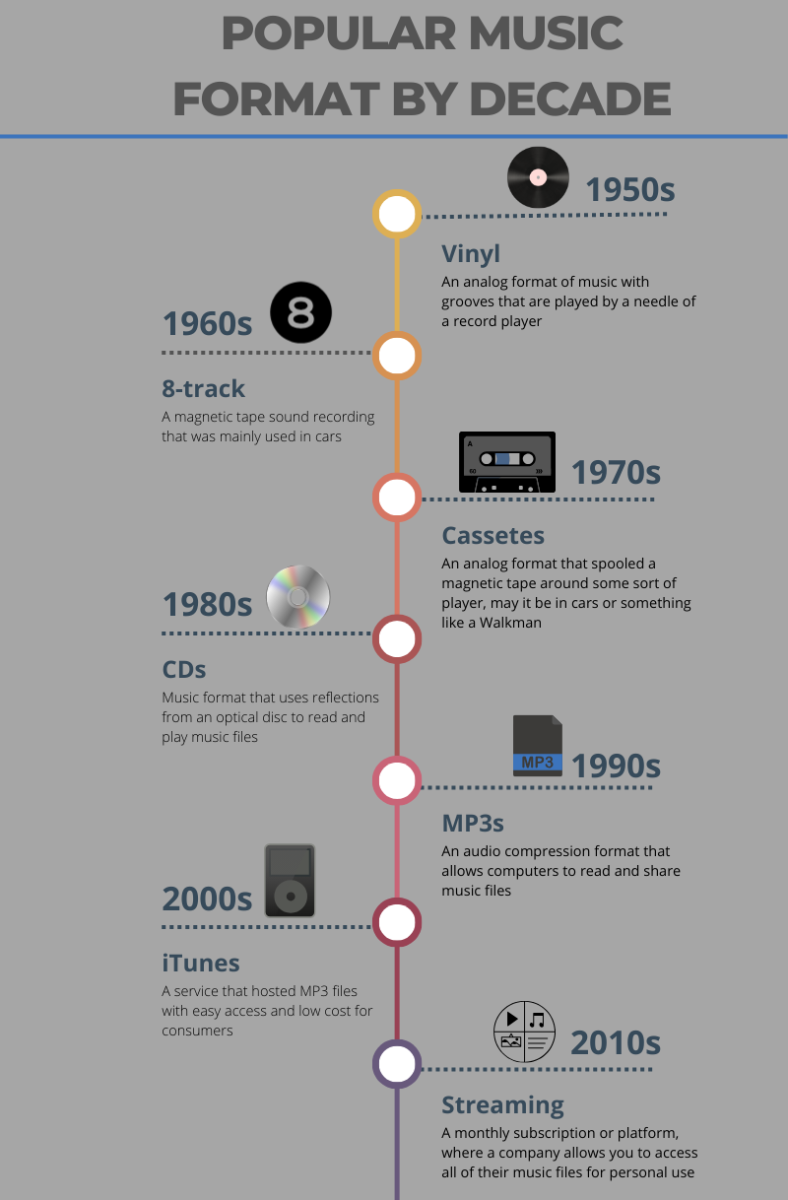
“The more people listen to music, the less each song is worth because it cuts the pie into smaller and smaller slices. I’ve seen financial statements from some fairly popular independent musicians that suggest they’re making a pretty good living from streaming. But often, unless musicians have blockbuster numbers, they aren’t making a great deal,” said Ben Sisario of The New York Times.
In fact, the average musician today only makes around $0.003 to $0.005 per stream, which means only the Drakes and Taylor Swifts of the industry truly thrive off streaming. Streaming has widened the gap between professional musicians all across the landscape.
When people subscribe to streamers, more artists must compete for a single person’s stream, allowing less focus on the physical aspects of media, such as CD and vinyl. Smaller artists just do not have the capacity to sell physical media as they did in the 90s and early 2000s when the CD was king in terms of music sales.
The musicians of today have to rely on the gruesome model of touring if they want to make any semblance of a profit; no longer can one ride off physical sales, as they have been practically nonexistent for the past several years due to the fact that streams pay pennies on the dollar. Most indie musicians just tend to go off the radar once their small amount of buzz runs out.
Very rarely do artists of the 21st century achieve the rare cult status of making a profit from music, and even if they do they make just as much as the average person would. Nothing compared to the highs of the pre-streaming era.
There is a silver lining though, a trend has started to arise in recent times. Physical media sales have begun to rise again. In fact, vinyl sales, a form factor once considered obsolete, have risen around 22% just during the first half of 2023. Physical media has once again climbed to the forefront, but still with a few caveats: physical media sales are heavily geared towards popular musicians. In fact, there are numerous checks and balances that indie musicians need to go through if they want to get a project pressed on wax due to the shortage of pressing plants throughout the world. Musicians often have to wait months, sometimes years, just to get a small order of vinyl pressed.
Consumers need to stop buying commercial artists’ music and try to shine a little more light on the independent scene. Support those who need it rather than the artists who have already made their millions.
A small collection of songs by lesser-known artists to support



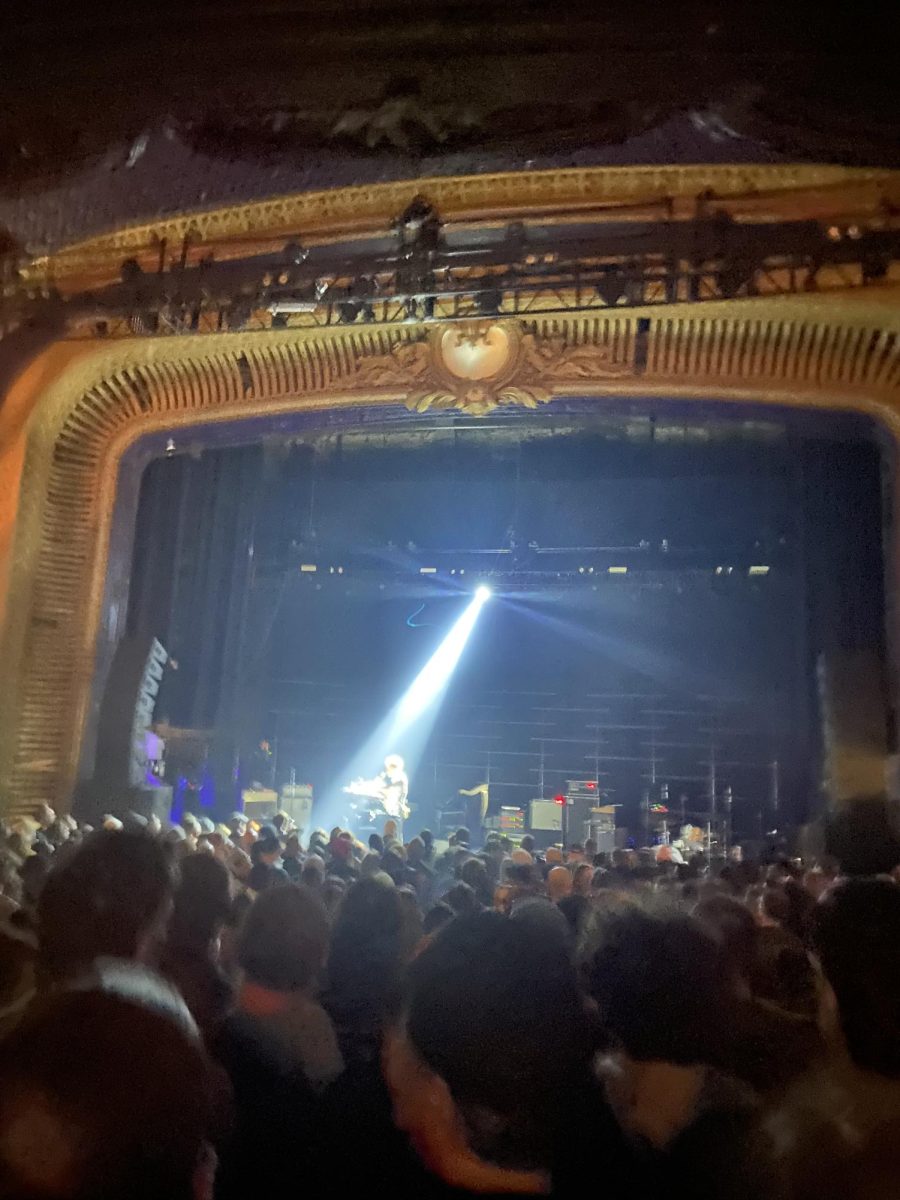
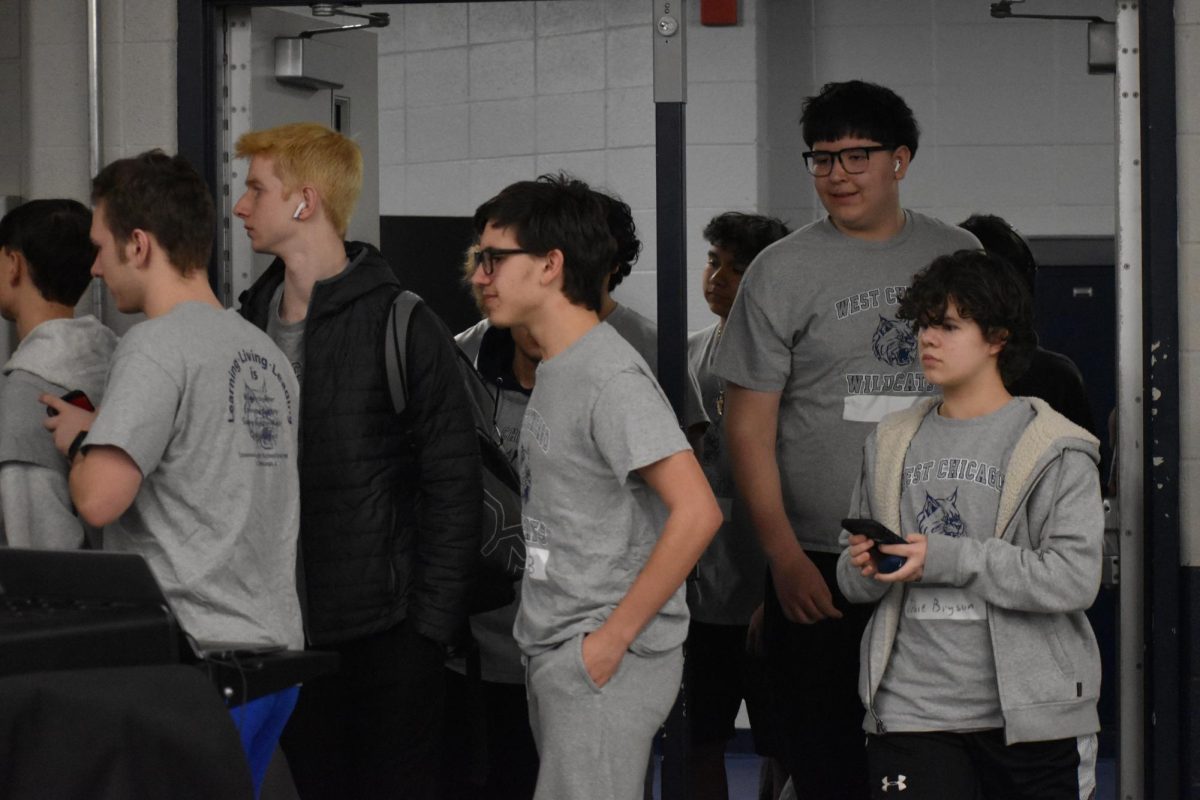
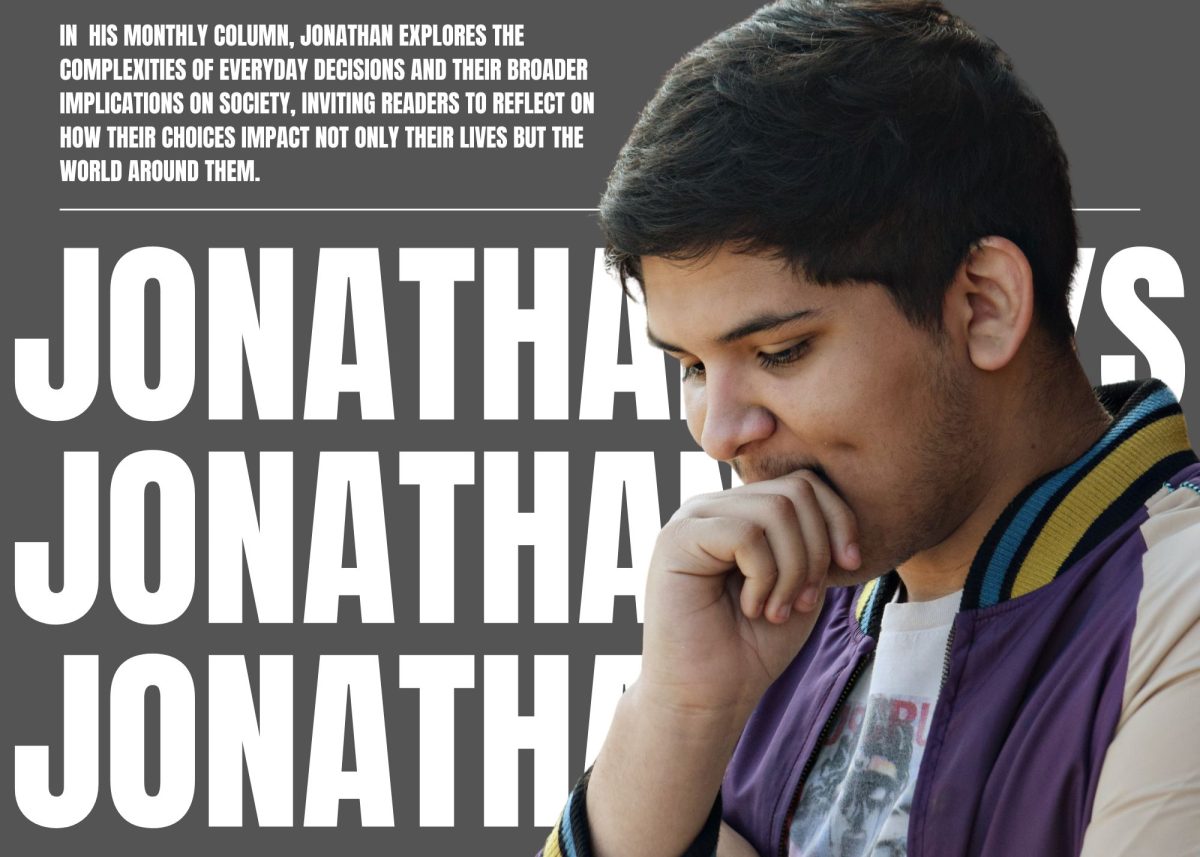
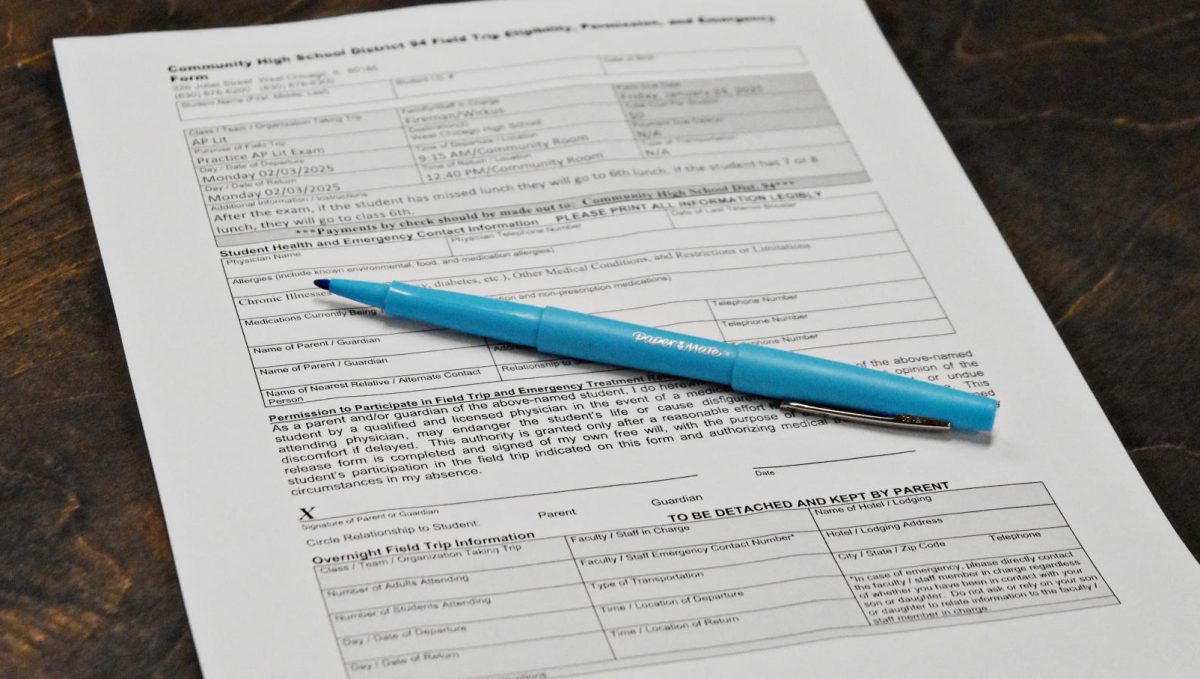

Mr. Aiello • Oct 26, 2023 at 7:04 pm
That is quite the conundrum. I never knew streaming had such a downside.
It will be interesting to see how this impacts the legacies of musicians moving forward. Being an Indie musician has always been tough, I’m sure they will adapt to the times.
Bruce Birdsell • Sep 23, 2023 at 6:25 pm
This article was very well written and easy to follow. I especially liked the chart of music through the years. The transition through each format did get people to buy things multiple times. Awesome article.
Antonietta Birdsell • Sep 23, 2023 at 1:27 pm
Amazing article ,Michael . You taught me so much about this topic . I am now more aware of this trend and am happy
Vinyl records are making a comeback.
Mrs. Gierzynski • Sep 22, 2023 at 11:06 am
My grown kids and my husband are huge music fans. They go to concerts together, and since they live in multiple states, it involves travelling. This year they went to Nickleback in IL, a band I never heard of in MI, and will be going to Tool in MN on Halloween. One son streams, but he also buys vinyl of his faves. The others refuse to stream because they want to support the musicians they like. Everyone likes cheap–and free is even better. But if your fave musicians can’t make a living with their music, they may have to quit making music. And no one wins that way.